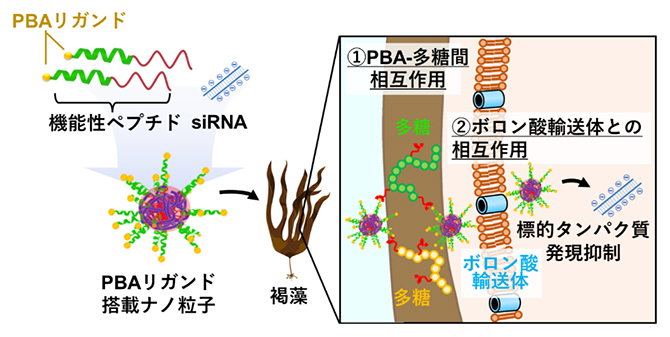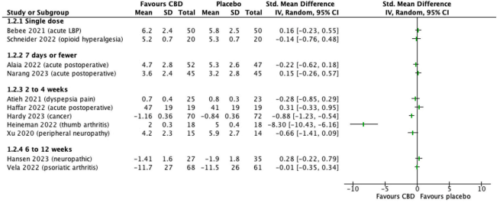2024-03-24 スイス連邦工科大学ローザンヌ校(EPFL)
 © iStock / PALMIHELP
© iStock / PALMIHELP
<関連情報>
- https://actu.epfl.ch/news/locating-single-neurons-that-monitor-and-regulate-/
- https://www.pnas.org/doi/10.1073/pnas.2316365121
視床と視床下核の単一ニューロンがヒトの心臓と呼吸の信号を処理する Single neurons in the thalamus and subthalamic nucleus process cardiac and respiratory signals in humans
Emanuela De Falco , Marco Solcà , Fosco Bernasconi, +7, and Olaf Blanke
Proceedings of the National Academy of Sciences Published:March 7, 2024
DOI:https://doi.org/10.1073/pnas.2316365121
Significance
Internal bodily signals, like cardio-respiratory ones, are constantly transmitted from the body to the brain ensuring self-regulation of the organism. Subcortical brain regions are particularly important for this body–brain communication, yet their processing of internal bodily signals in humans is largely unknown. Studying the activity of single neurons in three subcortical regions in humans (two thalamic nuclei and the subthalamic nucleus), we found that a large portion of neurons was modulated by either the heartbeat, the respiration, or the cardiac cycle duration, while the prevalence of those signals was much reduced in cortical control regions. Our study shows how vital cardio-respiratory signals are widely processed in these subcortical regions, expanding our understanding of their role in body–brain communication.
Abstract
Visceral signals are constantly processed by our central nervous system, enable homeostatic regulation, and influence perception, emotion, and cognition. While visceral processes at the cortical level have been extensively studied using non-invasive imaging techniques, very few studies have investigated how this information is processed at the single neuron level, both in humans and animals. Subcortical regions, relaying signals from peripheral interoceptors to cortical structures, are particularly understudied and how visceral information is processed in thalamic and subthalamic structures remains largely unknown. Here, we took advantage of intraoperative microelectrode recordings in patients undergoing surgery for deep brain stimulation (DBS) to investigate the activity of single neurons related to cardiac and respiratory functions in three subcortical regions: ventral intermedius nucleus (Vim) and ventral caudalis nucleus (Vc) of the thalamus, and subthalamic nucleus (STN). We report that the activity of a large portion of the recorded neurons (about 70%) was modulated by either the heartbeat, the cardiac inter-beat interval, or the respiration. These cardiac and respiratory response patterns varied largely across neurons both in terms of timing and their kind of modulation. A substantial proportion of these visceral neurons (30%) was responsive to more than one of the tested signals, underlining specialization and integration of cardiac and respiratory signals in STN and thalamic neurons. By extensively describing single unit activity related to cardiorespiratory function in thalamic and subthalamic neurons, our results highlight the major role of these subcortical regions in the processing of visceral signals.


